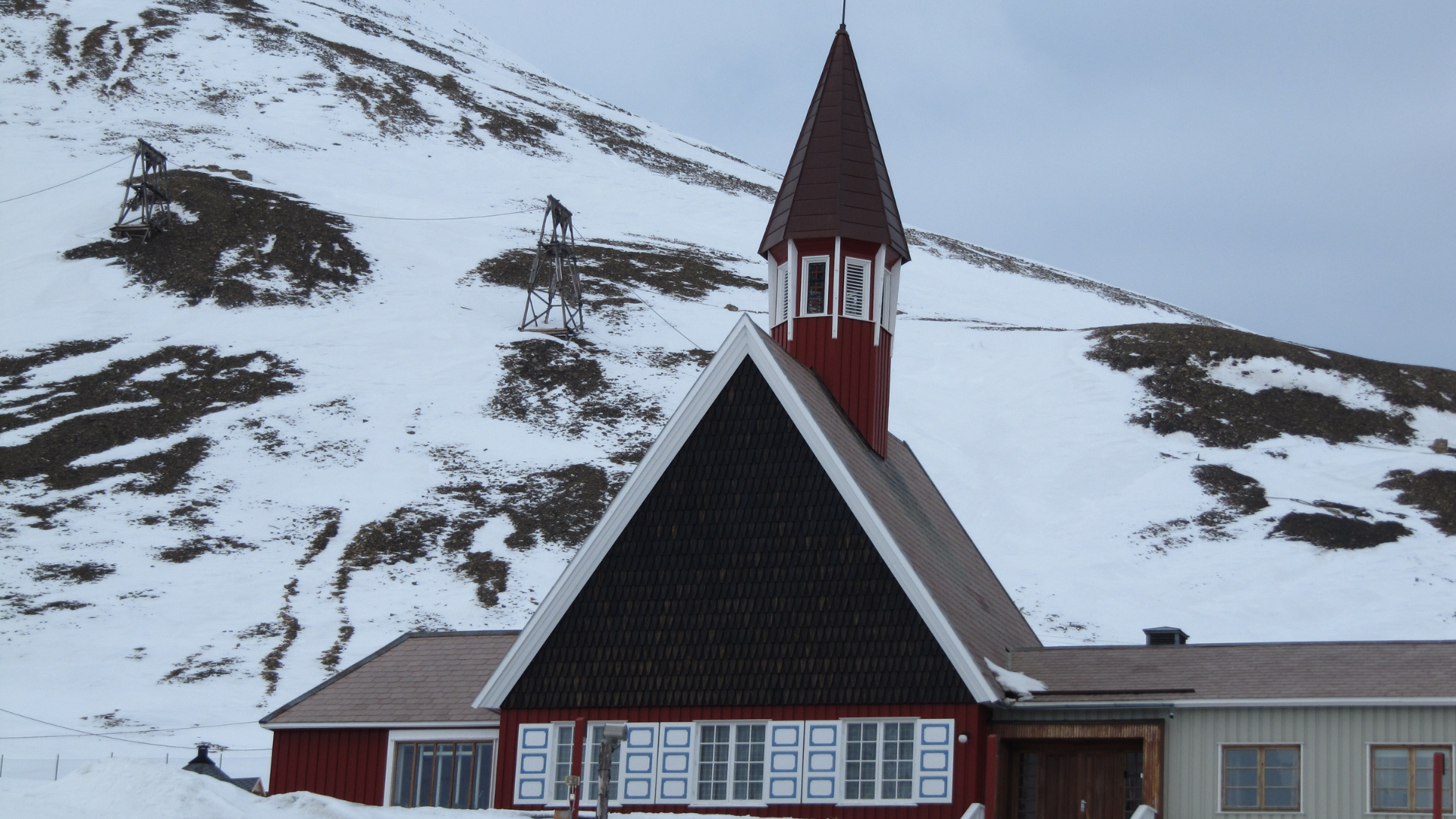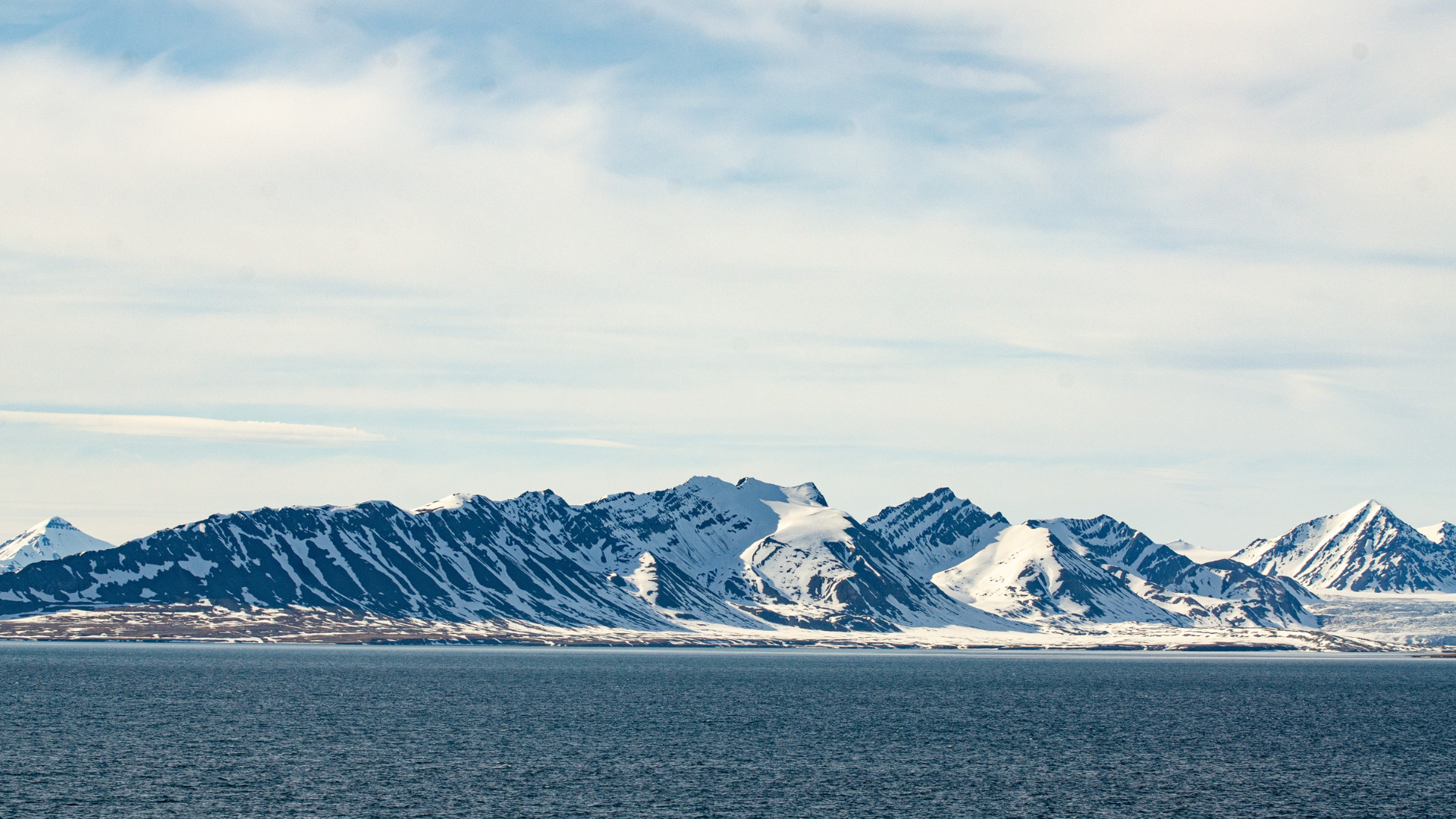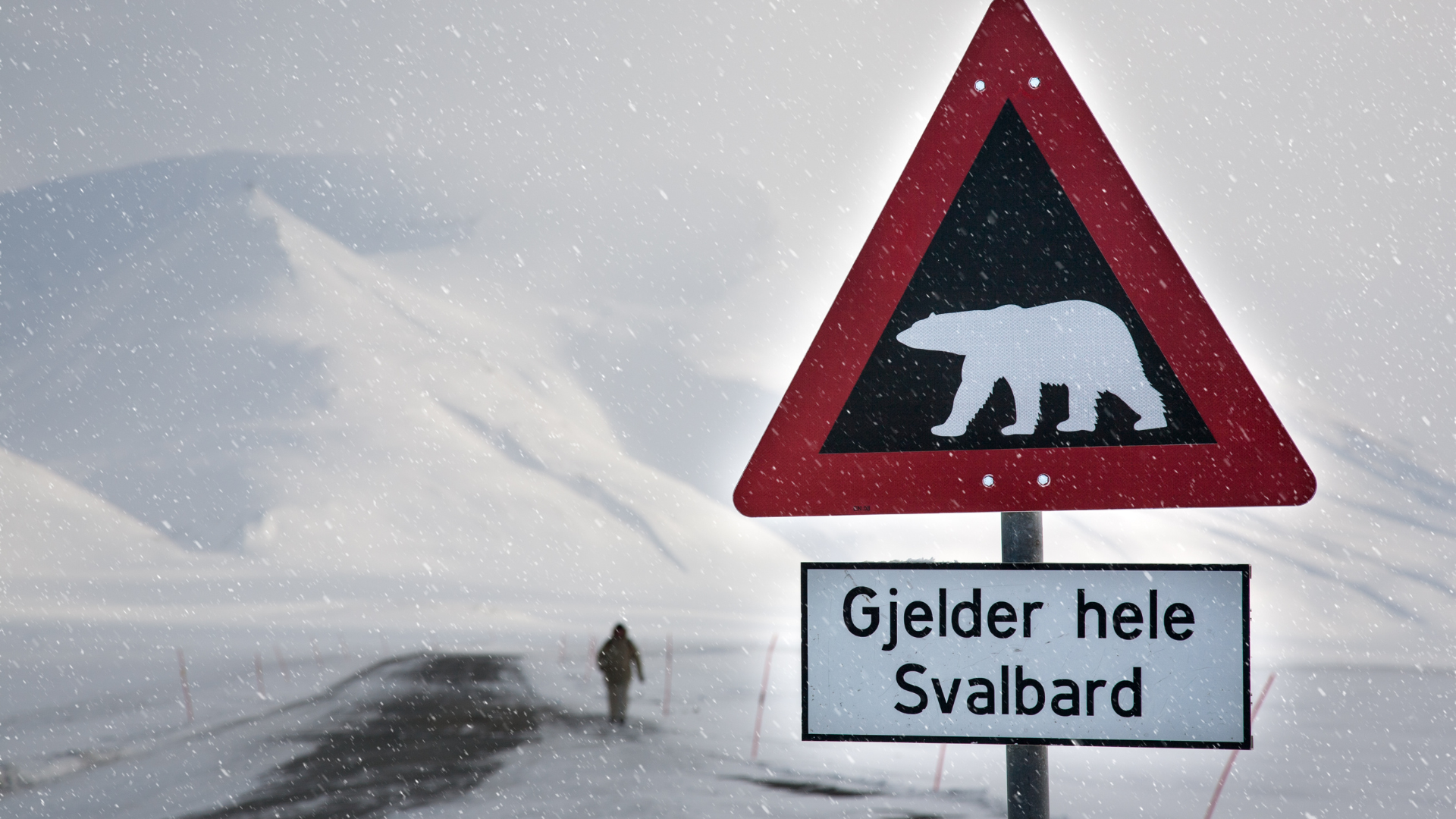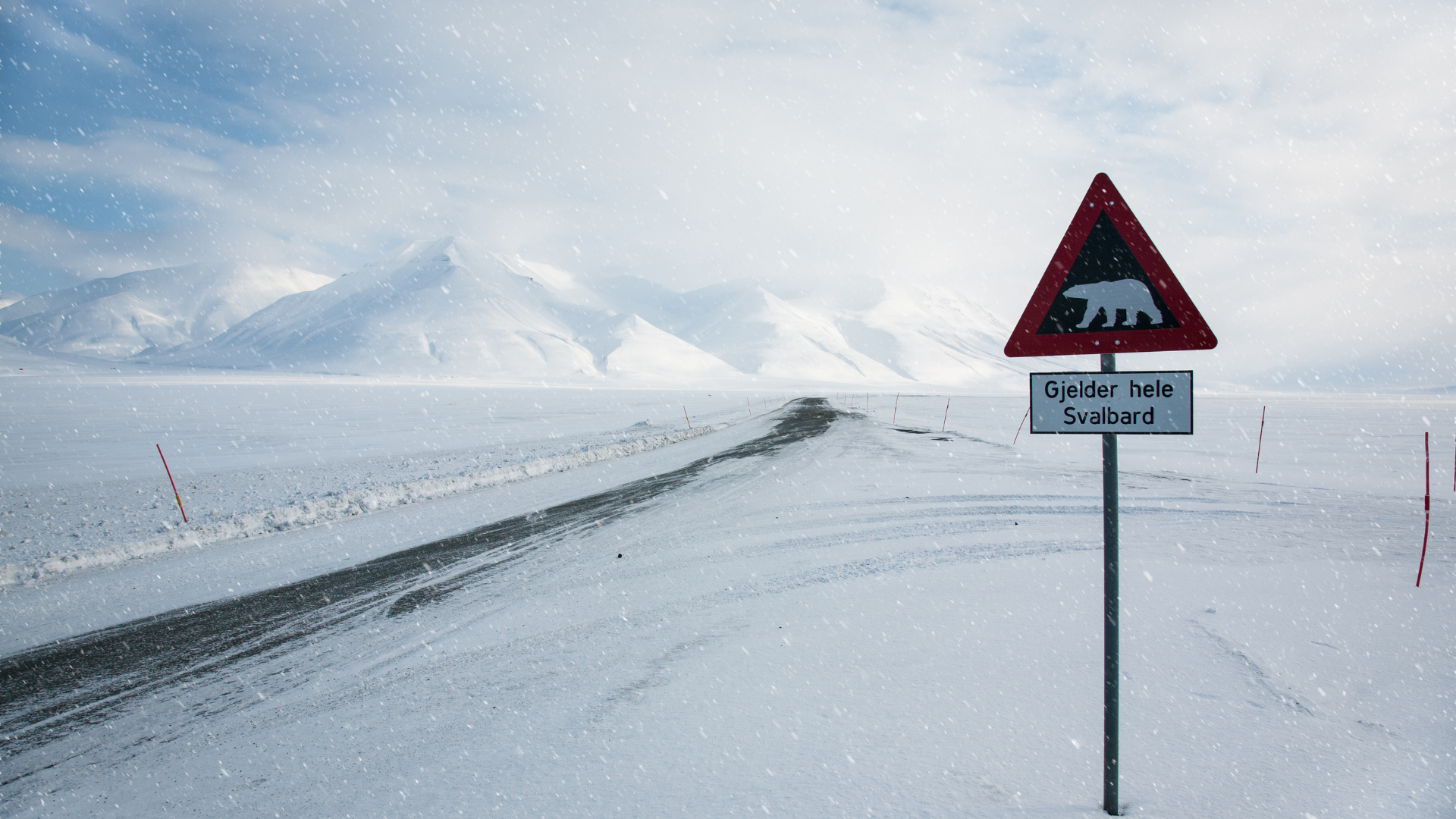Arctic Icons: Exploring the World of Svalbard's Polar Bears and the Challenges of Conservation
The Arctic Playground: Understanding Svalbard's Polar Bears
Svalbard's polar bear population is estimated to be around 3,000 individuals, making it one of the largest concentrations of these magnificent creatures in the world. These apex predators are perfectly adapted to their icy surroundings, with a keen sense of smell that allows them to detect seals, their primary prey, from great distances. Polar bears spend much of their time hunting on sea ice, patiently waiting for seals to surface before launching swift and powerful attacks.
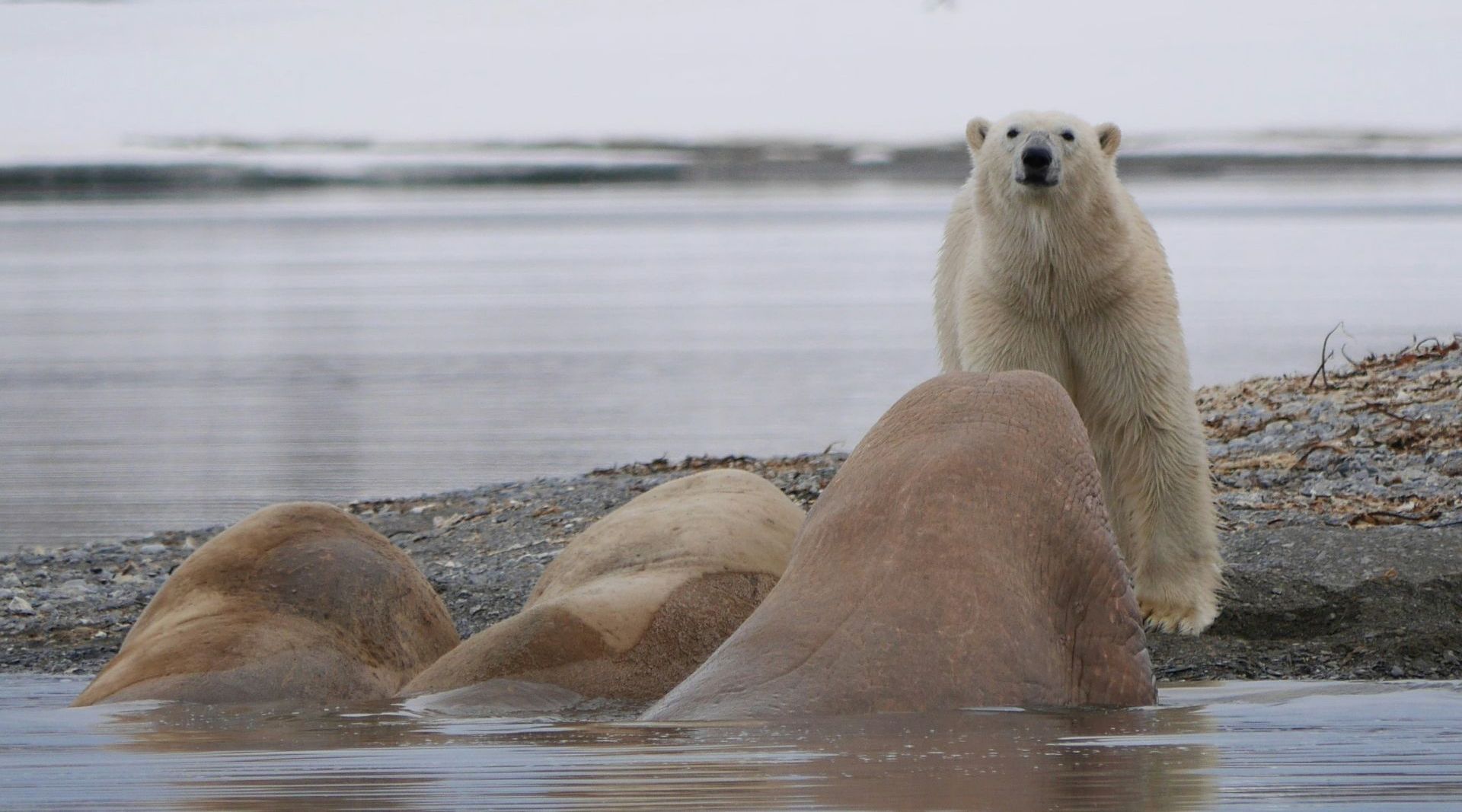
Challenges of Arctic Survival
Despite their formidable adaptations, polar bears face an array of challenges in their quest for survival. Climate change poses perhaps the most significant threat, as rising temperatures lead to the rapid melting of sea ice, reducing the bears' hunting grounds and forcing them to travel greater distances in search of food. Longer fasting periods, decreased reproductive success, and increased encounters with humans are just some of the consequences of dwindling sea ice, exacerbating an already precarious situation for polar bear populations.
Moreover, pollution and industrial activities threaten the delicate Arctic ecosystem upon which polar bears rely.
Contaminants such as persistent organic pollutants (POPs) accumulate in the food chain, posing health risks to polar bears and other Arctic wildlife. Additionally, oil and gas exploration in the region increase the likelihood of oil spills, which can have devastating consequences for polar bears and their habitat.
In recent years, the Arctic has witnessed a surge in shipping traffic, driven by the melting ice and the opening of new shipping routes.
While this presents economic opportunities, it also brings increased risks of pollution and disturbance to polar bear habitats.
Collisions with vessels and oil spills pose significant threats to polar bears and other marine life in the region.
Conservation Efforts: Protecting Svalbard's Polar Bears
Recognizing the urgent need to protect Svalbard's polar bears and their fragile Arctic habitat, conservation efforts have been implemented on multiple fronts. The Norwegian government, in collaboration with international partners, has established protected areas and regulations aimed at minimizing human-polar bear conflicts and mitigating the impacts of climate change.These measures include restrictions on polar bear viewing activities, guidelines for waste management, and initiatives to promote responsible tourism practices.
Furthermore, scientific research plays a crucial role in monitoring polar bear populations and understanding their behavior and ecology. Through satellite tracking, population surveys, and genetic studies, researchers gain valuable insights into the movements, distribution, and health of Svalbard's polar bears, informing conservation strategies and management decisions.
Tourism and Polar Bear Viewing: Balancing Conservation and Exploration
Svalbard's polar bears have become a significant draw for tourists from around the world, eager to witness these majestic creatures in their natural habitat. Wildlife tours and expeditions offer travelers the opportunity to observe polar bears from a safe distance, fostering appreciation for their beauty and importance to the Arctic ecosystem. However, the growing popularity of polar bear viewing has raised concerns about its potential impact on bear behavior and habitat disturbance.
To address these concerns, tour operators and regulatory agencies collaborate to develop guidelines and best practices for responsible polar bear viewing. These include maintaining safe distances from bears, minimizing noise and disturbances, and respecting designated viewing areas. By adhering to these guidelines, tourists can enjoy unforgettable encounters with polar bears while minimizing their impact on these iconic Arctic residents.
The Future of Svalbard's Polar Bears
As the Arctic continues to undergo rapid environmental changes, the future of Svalbard's polar bears remains uncertain. Addressing the root causes of climate change, reducing greenhouse gas emissions, and preserving critical habitat are essential for ensuring the long-term survival of polar bears and their Arctic ecosystem. Continued research, conservation efforts, and collaboration between governments, scientists, and local communities are paramount to safeguarding Svalbard's polar bears for future generations to admire and cherish.
In conclusion, the polar bears of Svalbard epitomize the resilience and adaptability of Arctic wildlife in the face of profound environmental changes. Their survival hinges on our collective efforts to address the challenges of climate change, conserve their habitat, and promote responsible interaction between humans and wildlife in the Arctic. By working together to protect Svalbard's polar bears, we can ensure that these magnificent creatures continue to roam the icy wilderness for generations to come.



